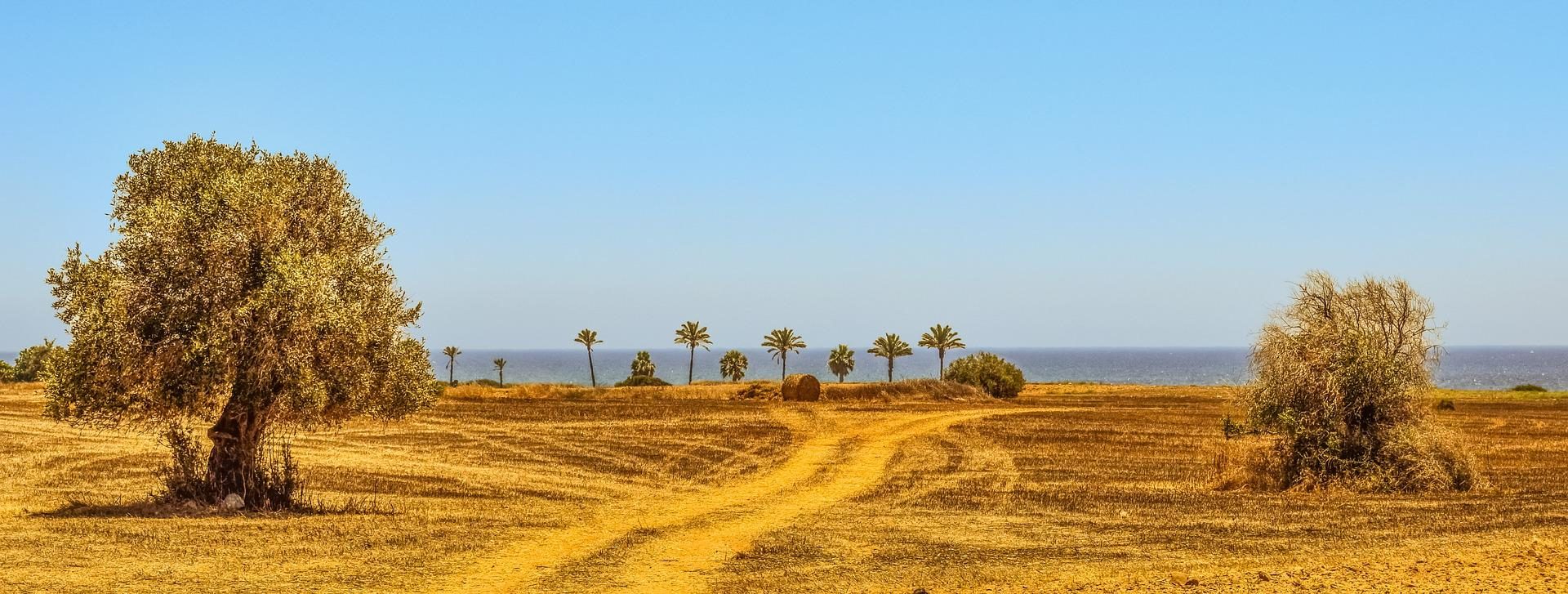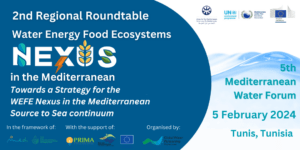Today the world is celebrating World Day to combat desertification and drought (17th June). Discover how PRIMA tackles this pressing challenge in times of climate change.
An invisible horseman is riding the Blue Planet. Desertification, the result of drought and soil degradation, is the new threatening plague. Ochre and yellow are staining more and more corners of the Mediterranean basin. It results from a new climatological cycle with increasingly scarce rainfall and more frequent and prolonged heat waves.
First identified as a problem in the sixties of last century, desertification is one of the most worrying environmental problems the world faces today. Nearly a quarter of the earth’s land surface has been degraded, with far-reaching consequences for everyone on the planet. Land degradation and desertification adversely affect 3.2 billion people today, according to the United Nations Environment Programme (UNEP).
Contrary to what is widely thought, desertification is not necessarily the natural expansion of existing deserts. It is instead the land degradation over time due to human activities such as over-cultivation, overgrazing, deforestation and poor irrigation practices, and climatic variations. Although desertification is ultimately a human-induced process, it is exacerbated by extreme weather conditions, like droughts and heavy rains associated with climate change. This can initiate a vicious cycle in which land degradation leads to the loss of vegetation and forests, reducing at the same time the Earth’s ability to sequester carbon dioxide from the atmosphere and worsening the climate crisis.
The situation in the Mediterranean is worrying. Fabrice Dentressangle, Project Officer at PRIMA, warns that “one-third of the land is already degraded in the Mediterranean region. This trend is still increasing: almost all types of lands in this area can be threatened by the desertification process”.
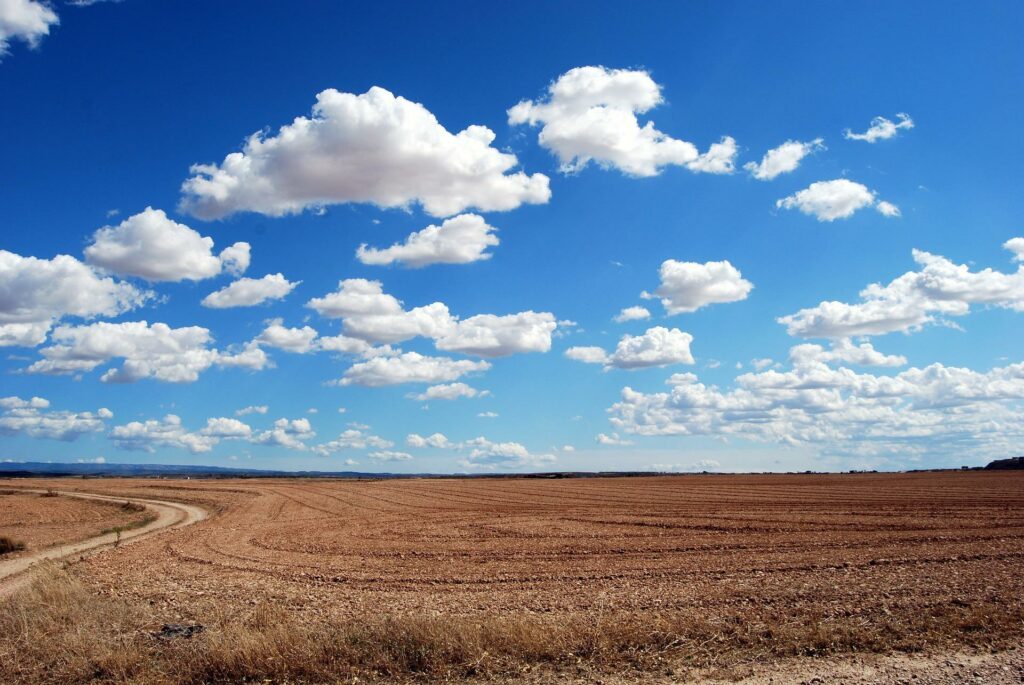
Causes and consequences
Regarding the causes of the drought, several factors can be identified. Agricultural practices are what affect desertification the most. Dentressangle adds that “the use of unsustainable agricultural practices that increase soil erosion and decrease the capacity of the soil to store water and organic matter is closely linked to this phenomena. Climate change is also accelerating and exacerbating the adverse effects of such practices. Extended drought periods, floods or fires can devastate farms’ lands and compromise the whole food production on these fragile surfaces, making them unable to recover”.
One of the primary outcomes of desertification is the decreasing cropland productivity, which may lead to food shortages and price inflation. Consequently, social instability and forced migration would ensue, according to various international agencies. Not forgetting the increased global climate change impacts caused by releasing carbon and nitrous oxide from degraded lands.
Because climate change events are becoming more frequent, desertification is not only a problem of losing biodiversity, but rather “a real socio-economic challenge that could compromise the food security in the region and lead to malnutrition, famine and migrations”, states Dentressangle.
PRIMA promotes nature-based solutions
A so-complex problem needs to be tackled by combining solutions at different levels. PRIMA supports several projects that propose solutions to desertification and soil degradation.
Firstly, some projects encourage practices that can prevent land degradation. They focus on testing alternative techniques and spreading good practices among the farmer’s communities to make the agro-system more resilient. “These practices are mainly based on agroecological principles and conservation agriculture aiming to improve water availability and organic matter in the soil. They also aim to protect it from erosion or salinisation. Nature-based solutions and valorising local biodiversity are also promising tools to prevent desertification”, Dentressangle says. CAMA and Mara-Mediterra are good examples.
CAMA project aims at understanding and overcome the barriers that prevent the adoption of conservation agriculture in the Mediterranean basin. This cropping system is based on minimum tillage, soil cover with crop residues, and crop rotation. Most lands in the Mediterranean have low soil organic content due to low water availability, high temperature and tillage intensity. In these conditions, conservation agriculture could reduce the risk of soil quality degradation and improve nutrient and water use efficiencies while providing a more stable yield and supporting smallholder agriculture.
However, “adoption rates of conservation agriculture in the Mediterranean area remain low: it is used just in about 2% of the arable crop area in the EU countries and 0.8% in the African ones, in huge contrast with the situation in South America”, explains CAMA project coordinator, Michele Rinaldi. Lack of direct sowing machinery and technical knowledge, difficulties managing crop residues or competition with other residues users and problems in the choice of crops for the rotation are some barriers CAMA tries to overcome.
On the other hand, Mara-Mediterra focuses on establishing an open-innovation ecosystem to showcase the importance and effectiveness of nature-based solutions in agri-environmental management and socioeconomic development of Mediterranean rural areas. Its coordinator, Vasileios Takavakoglou, puts the finger on the original problem: “Farmers around the Mediterranean are increasingly voicing their concern about ever-decreasing access to sufficient freshwater resources for irrigation purposes and the gradual degradation of soil quality. At the same time, the general public’s attention is repeatedly drawn to the impact of climate change as the root cause of land and water degradation. But there is often insufficient attention to the negative impacts of human interventions”. For instance, in Turkey, Gorges Dam caused the drying out of Lake Marmara, once a biodiversity hotspot of world renown and human-induced wildfires triggered the disappearance of entire forests in the mountainous Al-Atika area in Lebanon.
Since the impacts of desertification are interconnected with the livelihood of rural Mediterranean communities, this project addresses the farmers directly. Living labs in Algeria, Egypt, Greece, Lebanon and Turkey will demonstrate the benefits of nature-based solutions such as organic farming, mulching, green manure and terracing fields. Together with green solutions such as micro-ecosystem-based afforestation, dynamic water allocation and aquaponic wetlands applied within the Water-Energy-Food-Ecosystem (WEFE) nexus.
Restoring degraded lands
PRIMA also funds projects that are trying to restore already-degraded lands. As Halofarms project aims, one of the solutions is cultivating species or varieties adapted to salinity, which can better survive under drought conditions. Another option is applying principles of circular economy, recycling and composting to enrich the soil and make it more healthy and resilient, as Isferalda project proposes.
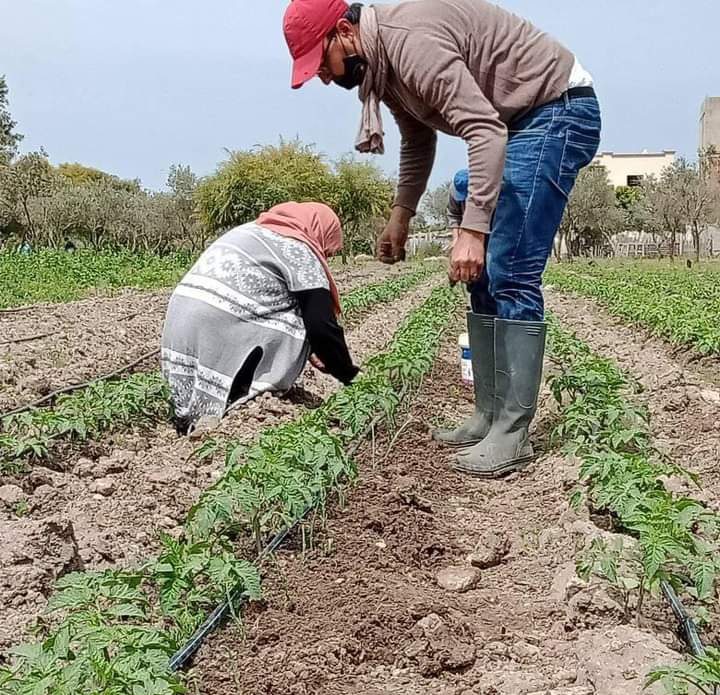
Halofarms tackles the issue of high soil salinity. The Mediterranean area has suffered from a decrease in rainfall, an increase in temperature, and rising sea levels. This has triggered the reduction of farming areas. Combating desertification means devising powerful strategies to minimise this negative impact of salinity.
Furthermore, Halofarms’ overall objective is to develop and optimise sustainable and environmentally friendly new farming based on the cultivation of halophytes, a salt-tolerant plant that grows in high salinity soil. Concretely, this natural solution targeted to help restore degraded lands consists of crop rotation between halophytes and tomatoes, whose some world’s top producers are Turkey, Egypt, Italy and Spain.
How can halophytes improve tomato production? “Planting halophytes such as Salicornia species as intercropping or crop rotating plants with tomato plants play an important role for enhancing soil productivity”, project coordinator Karim Ben Hamed explains. From the economic point of view, “this intercropping system saves water consumption and at the same time supposes adding economic value to tomato yield”, he explains.
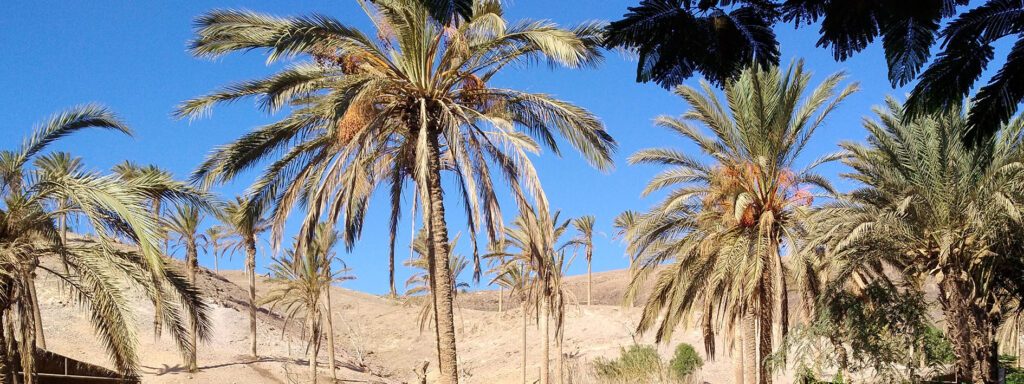
Isferalda project is another PRIMA-funded project that proposes to harness the principles of circular economy to tackle desertification in Northern Africa by recycling date palm residues. In the oases, this fruit represents the primary income source for farmers, but it produces a high amount of agricultural waste that is almost utterly thrown away.
The project aims to recycle date palm residues and convert them into an organic amendment to improve soil properties and fertility. Based on traditional production, Isferalda focuses on refining processes and improving products’ quality and adequacy with local plant needs and substrate properties, as explained by its coordinator, Xavier Morvan. It is an innovative proposal for these local organic amendments. Although not yet widely used, if adopted by many local farmers, they would improve soil properties, therefore combating soil degradation and reducing desertification.
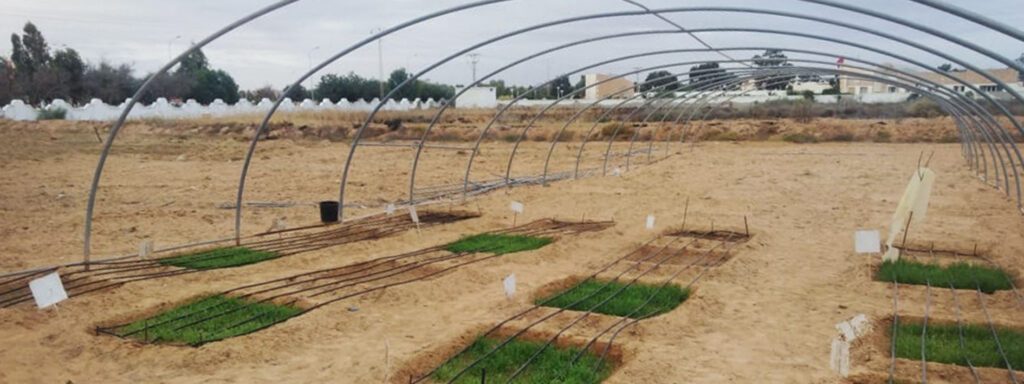
Multi-level and multi-actor approaches
“Soil is a non-renewable resource and supports approximately 95% of global food production. But unsustainable management practices linked to population growth and climate change threaten it. It also provides ecosystem services, such as biomass production and filtering of contaminants”, Rinaldi recalls.
Dentressangle elaborates that “fighting desertification and land degradation should happen through a multi-level approach: starting from the bacteria scale to the ecosystem scale, to the soil geology and the hydrological cycle. It is vital to include studies on the socio-economic context to understand the underlying degradation process better and prevent it”.
Collaboration is also needed among all actors: policymakers, land managers, farmers and scientists. PRIMA strongly supports this vision as the multi-actor approach seems the most effective way to turn a research project into concrete actions in the field. Only by joining efforts on both shores of the Mediterranean will we obtain significant results in the fight against desertification.

